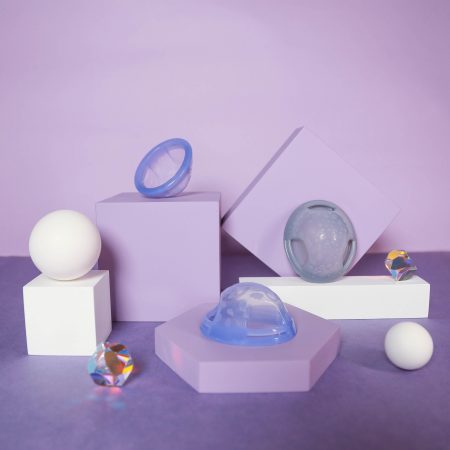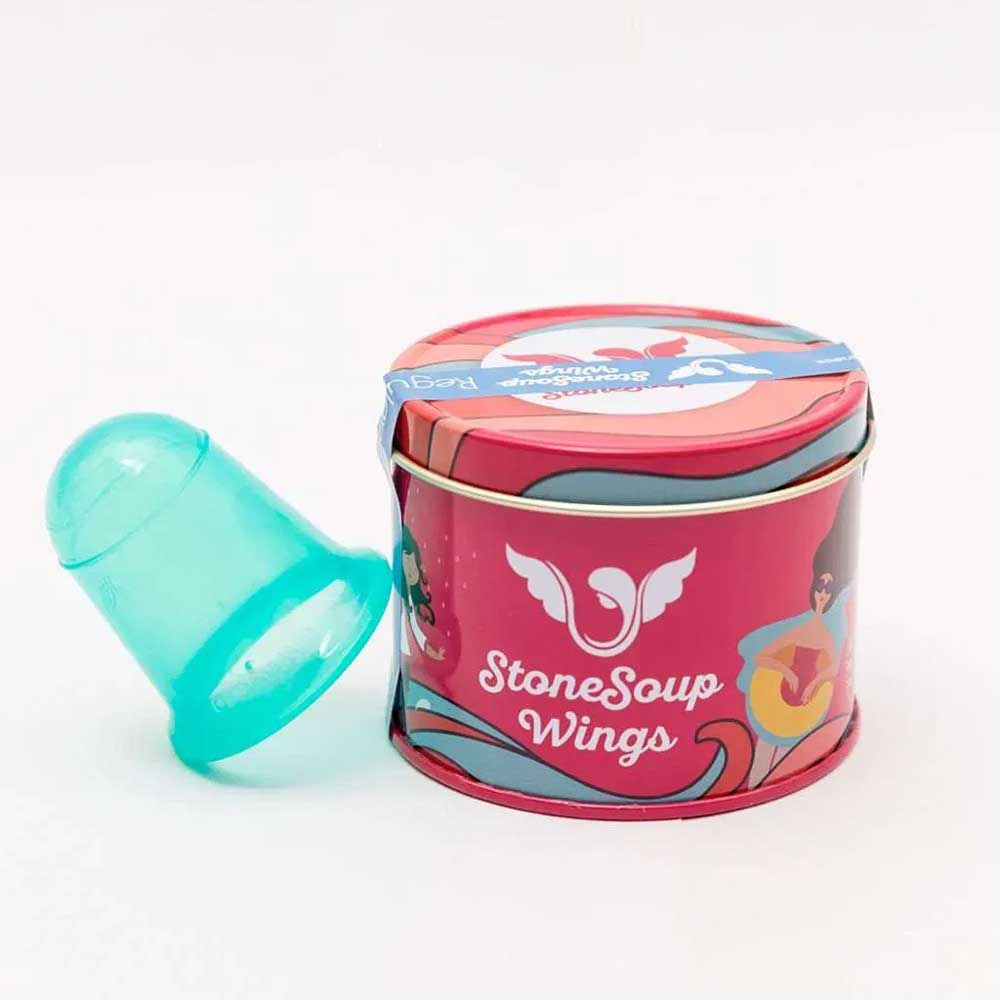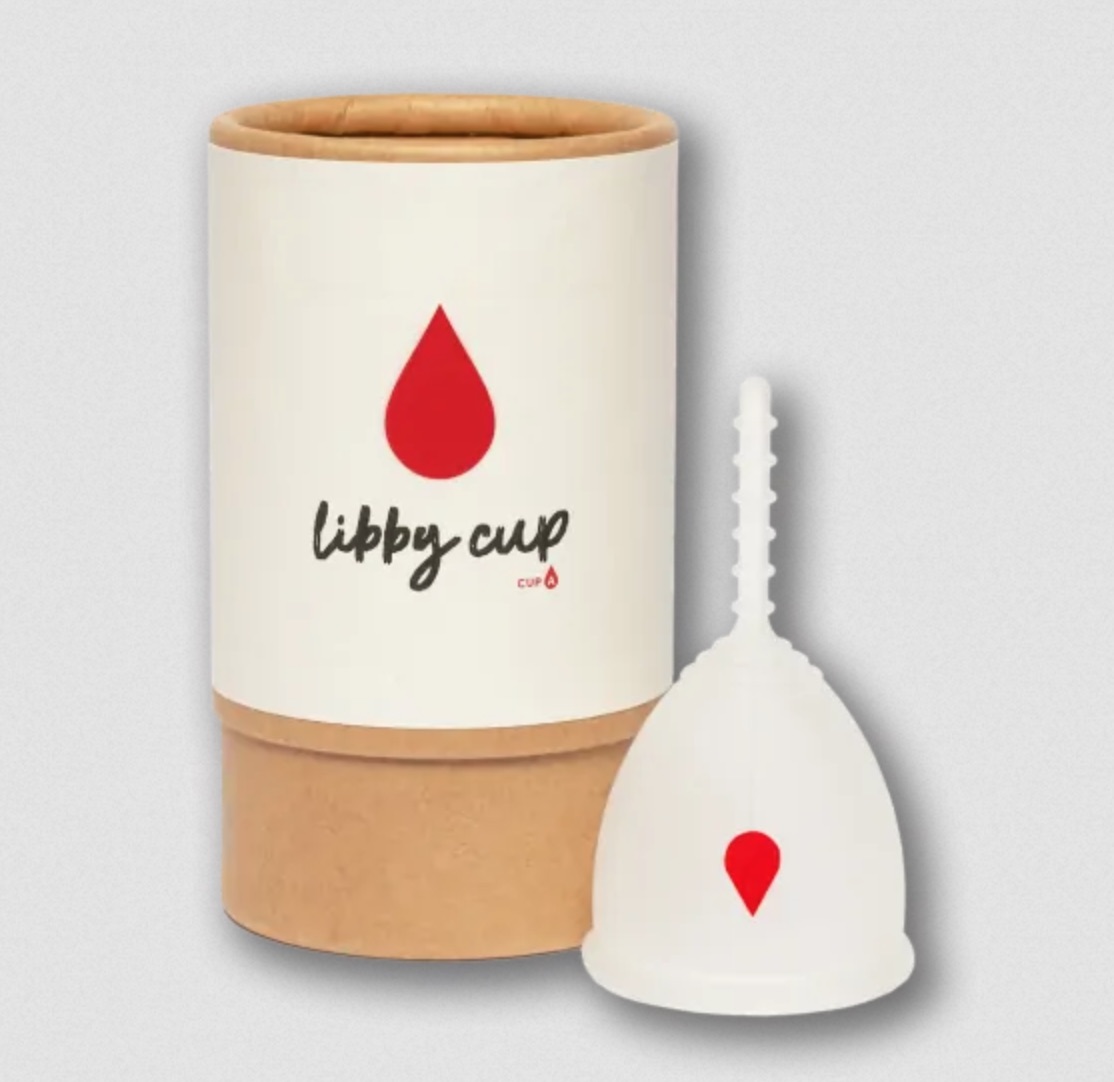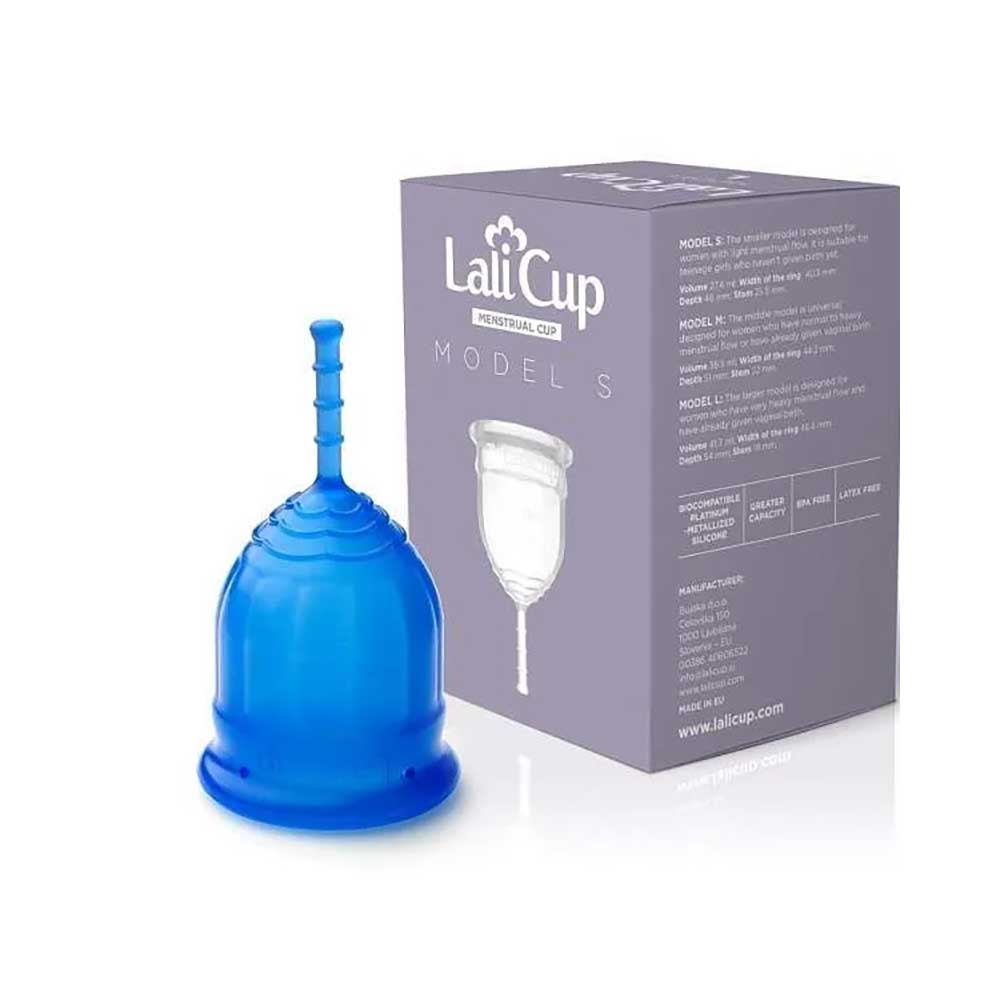Menstrual cups are healthy
10 reasons why menstrual cups are good for you. Way better than disposable tampons or pads. Everyone wants a happy vagina so keep on reading…
Menstrual cups collects blood flow VS Tampons absorbs it
An ecosystem in itself, your vagina keeps itself healthy and balanced. When you menstruate, your vagina continues to make fluids and beneficial bacteria that keep it healthy. Because tampons absorb these along with menstrual fluids. Your vagina gets dried out and bad bacteria get trapped. Tampons can hinder your vagina’s ability to regulate and clean itself and can lead to irritation and infection. A cup simply collect your flow without interfering with your vaginal pH and eco flora, and prevents vaginal infection.
Less likely to cause discomfort or pain during insertion or removal
Tampons that are made of fibers is abrasive. Putting it in and out do causes micro lacerations to your delicate vaginal wall leaving you more prone to infections and of course pain. Menstrual cups are just silicone and will just slide in and out.
Menstrual cups do not cause vaginal dryness
That is because a cup collects the flow, unlike a tampon who can only absorb. There is much more in a vagina than just blood even during menstruation, those secretions are important and should not be absorbed. More than a quarter of the fluids absorbed by a tampon are, in fact, natural and necessary vaginal secretions. When you insert a tampon it just absorbs everything.
The menstrual cup, and the materials used to make are safe
Medical grade silicone has natural antibacterial properties, and washes clean. So menstrual cups are healthy and perfectly safe to re-use as recommended. Another interesting fact is that the FDA does not require that the ingredients in tampons and pads be listed anywhere in or on the package. Choose wisely what you put in the most absorbant part of your body.
Menstrual cups are safe and do not leak chemicals into the body
Since 1918 it has been known that toxins can be absorbed into the body through the vagina. Tampons contain bleached cotton, rayon/viscose fibers that get left behind inside you, and dioxin, which may be linked to cancer. Dioxin is the most toxic man-made substance known to science. Rayon/viscose, one of the main ingredients in tampons, consists of tiny strands of plastic (about 90%). It’s highly absorbent and usually chlorine-bleached.
Have you ever tried to dip a tampon in a glass of water? I suggest you try it, you will see lots of little fibers coming loose. This is what happens every time you insert and remove a tampon. synthetic fibers gets left behind in your body. Menstrual cups leaves nothing behind.
Menstrual cups have not been associated with TSS
Toxic Shock Syndrome is a potentially deadly bacterial illness. When a cup is inserted in your vagina, it’s protected from the air by a light seal on the vagina wall, that way the bacterias don’t develop as fast. It has been laboratory tested, and results have indicated that it is very unlikely to amplify the bacteria responsible for TSS. It is known that most of the cases of TSS that were tied to menstrual products occurred because tampons absorb menstrual fluids.
You can wear a menstrual cup up to 8h in a row
You can insert it in the morning when you wake up, empty it in the evening when you are back home and put it back during the night. It’s logistically very convenient. If you have a heavy flow you might want to empty it once at mid day. You can always find a toilet with a sink. If not simply wipe it with toilet paper or a wet wipe, or rinse it with a bottle of water. You can always wash it properly once you get home. A tampon needs to be changed every 4h so a cup lasts about 3 times longer.
The menstrual cup is reusable and can be sterilized
You can actually sterilize your cup by simply boiling it or using sterilizing tablets such as Milton. Although most women think pads and tampons are sterile, they are not. Read more on how to clean your menstrual cup. If cared for properly you can keep your cup up to 10 years +.
Check out all the products you can use to maintain your menstrual cup
You’ll notice a much cleaner feeling while using a menstrual cup
There will be none of the common odor that usually comes with your period. You will notice it from the first time you use it. It’s once again thanks to the seal, it keeps the blood from the natural oxidation, you probably noticed that your tampon is rarely red when you remove it. The blood in the cup is.
No wet tampon string sticking out or wet diaper feeling
If you’ve ever used a tampon, you’ll know that that pee-soaked string is unavoidable. Don’t let me get started about pads that keeps the whole vulva wet for hours. It’s not hygienic and the culprit of many gynecological problems according to OB gyn themselves. A cup keeps your vulva as it would be another day.
If you have a heavy flow and want more peace of mind just wear a period panty.




